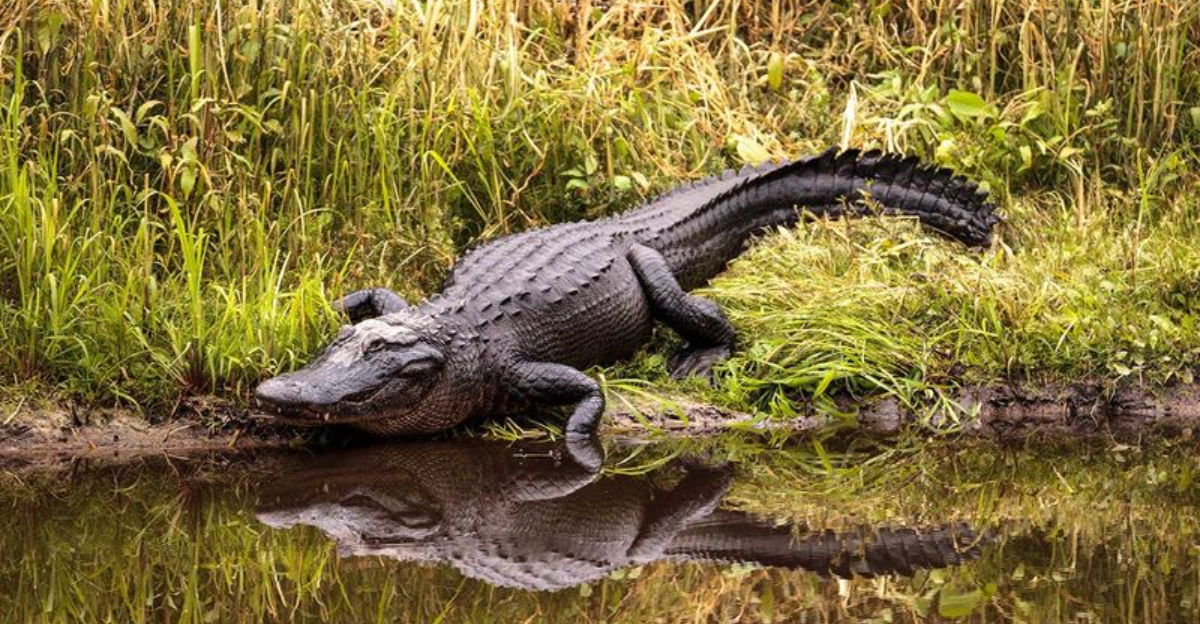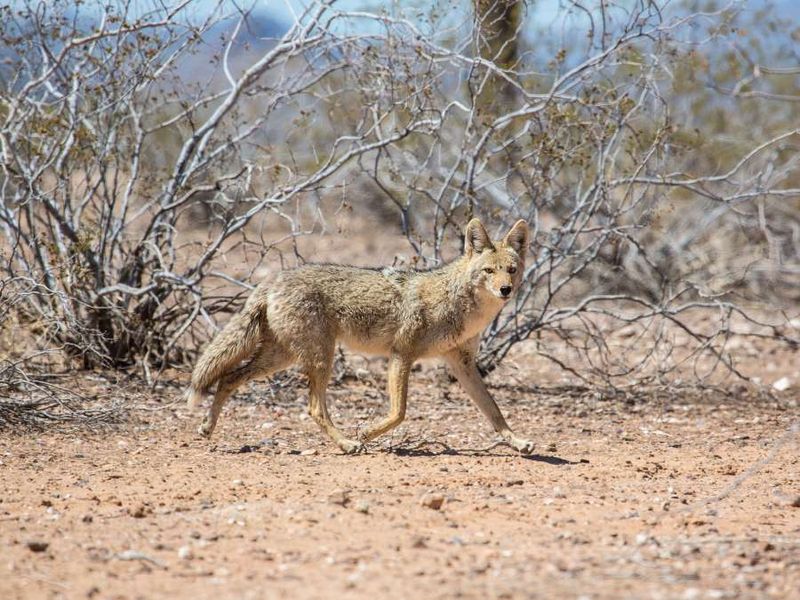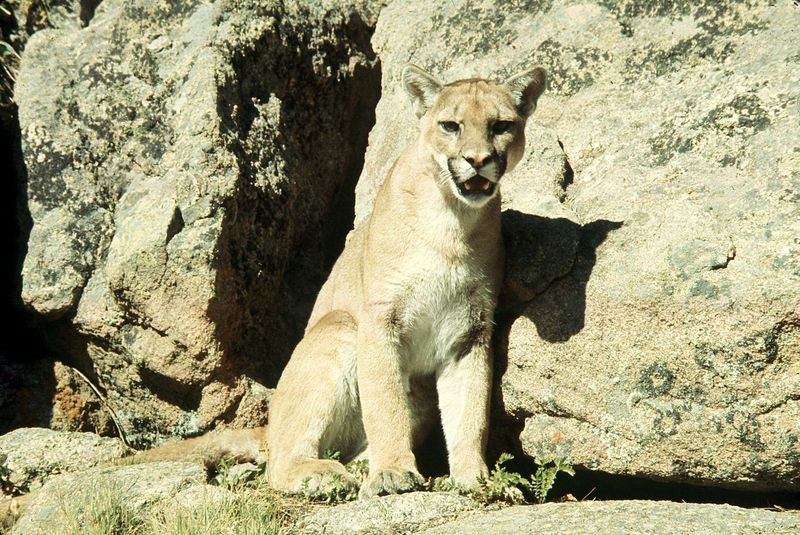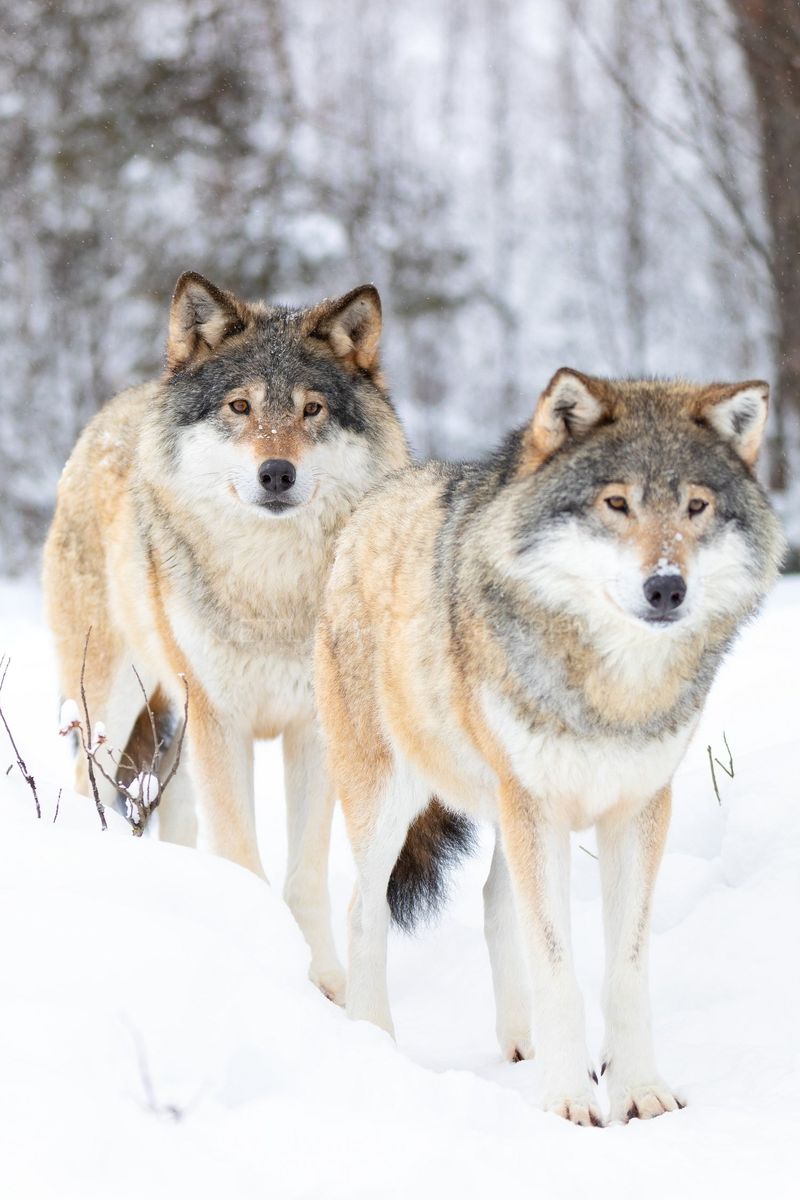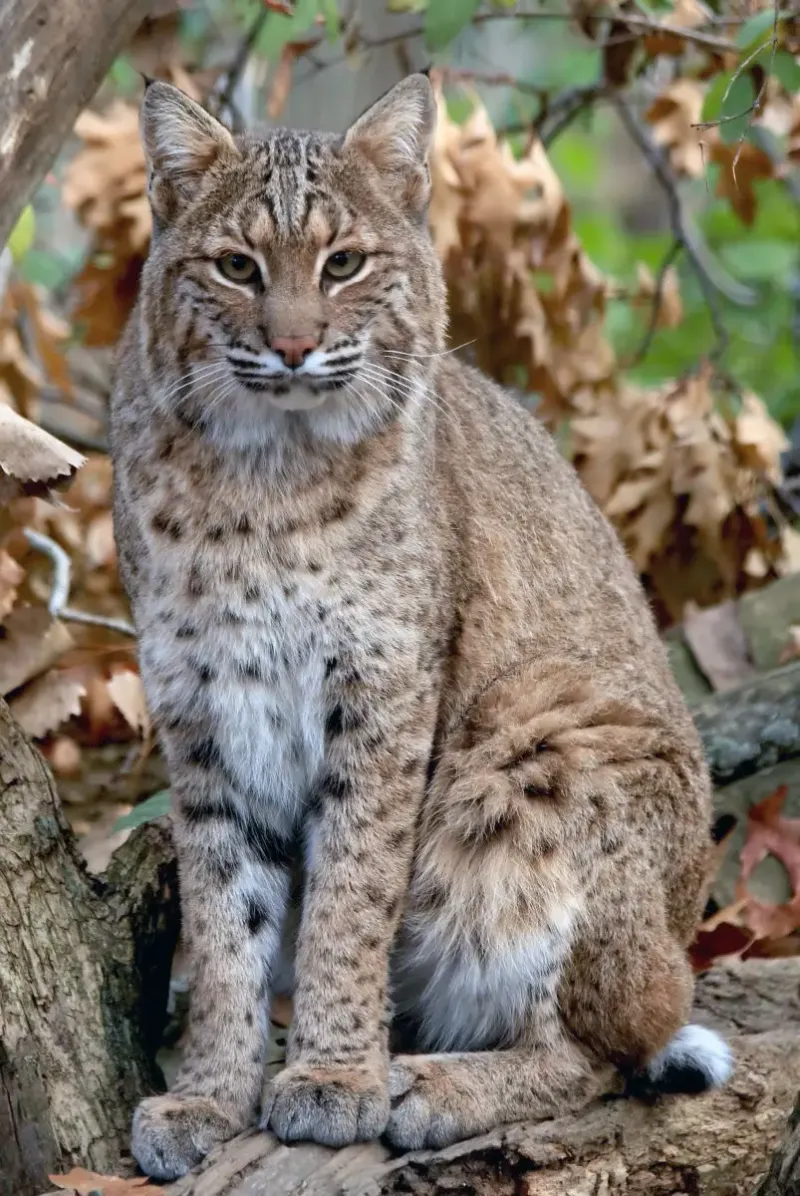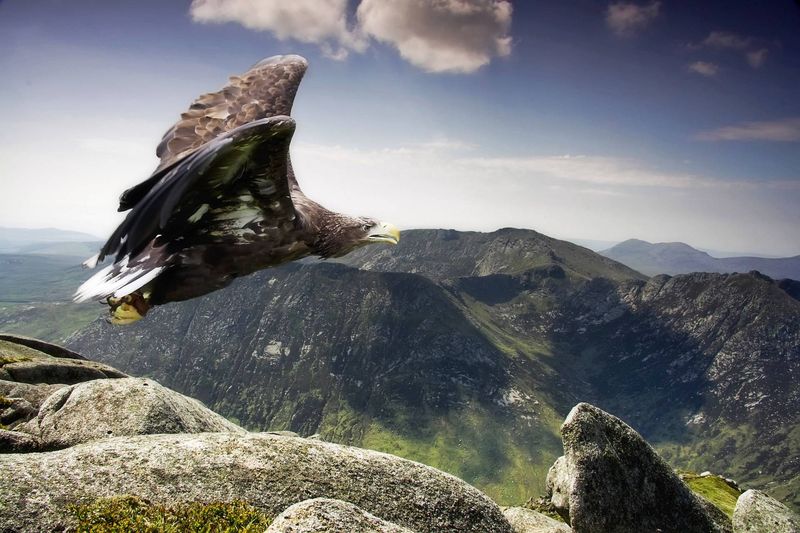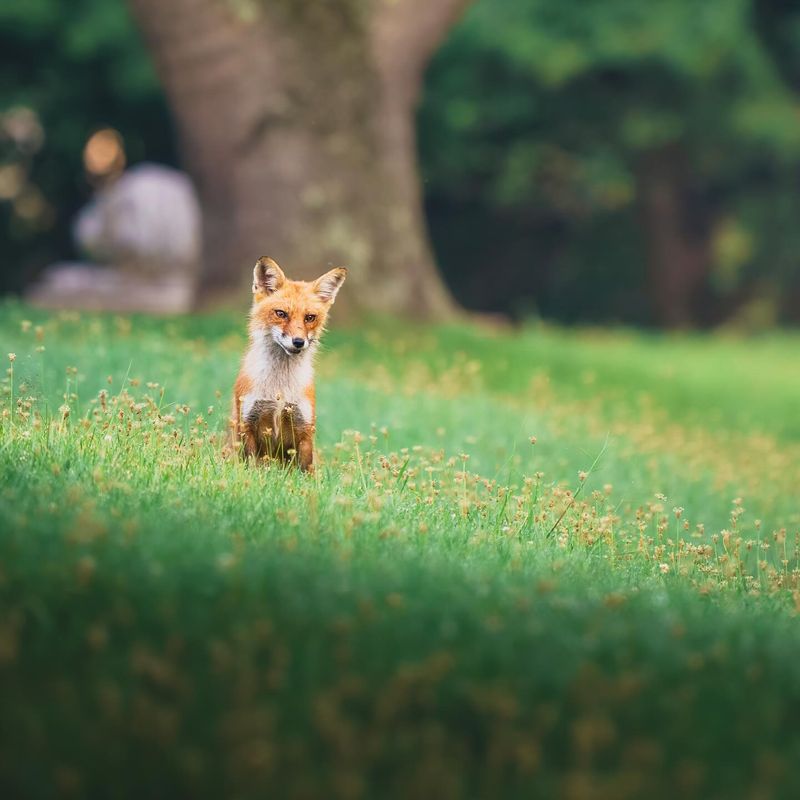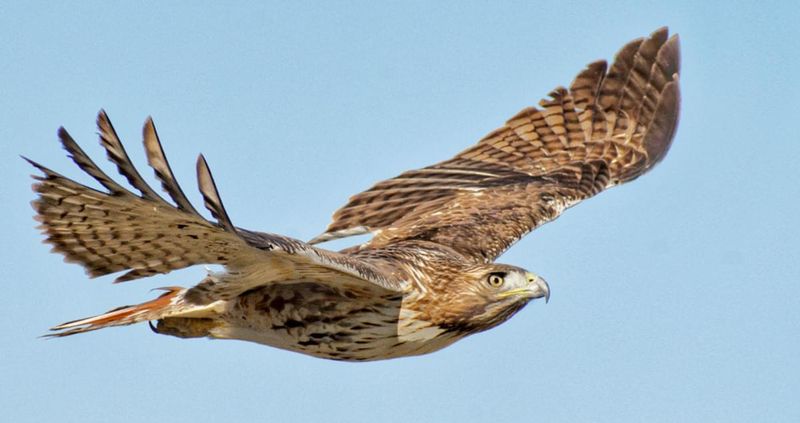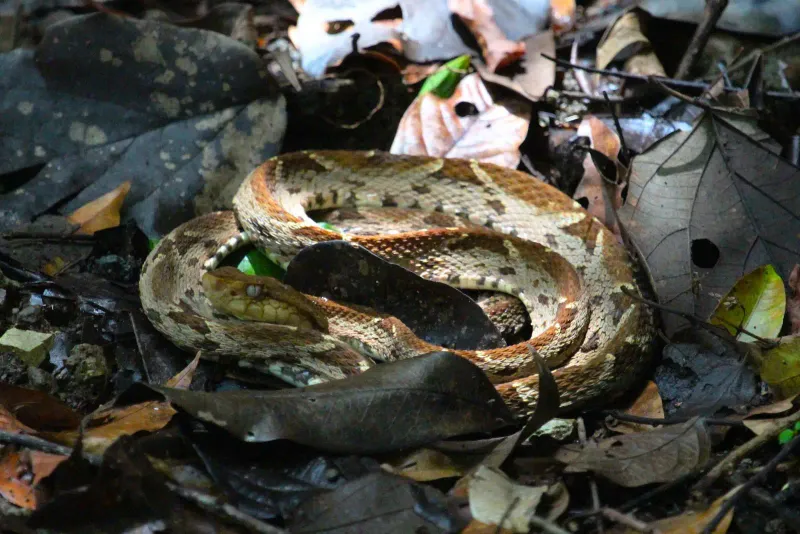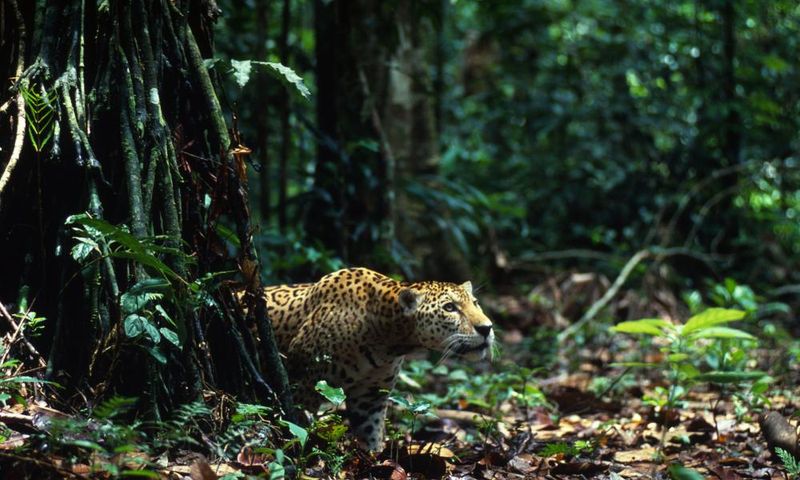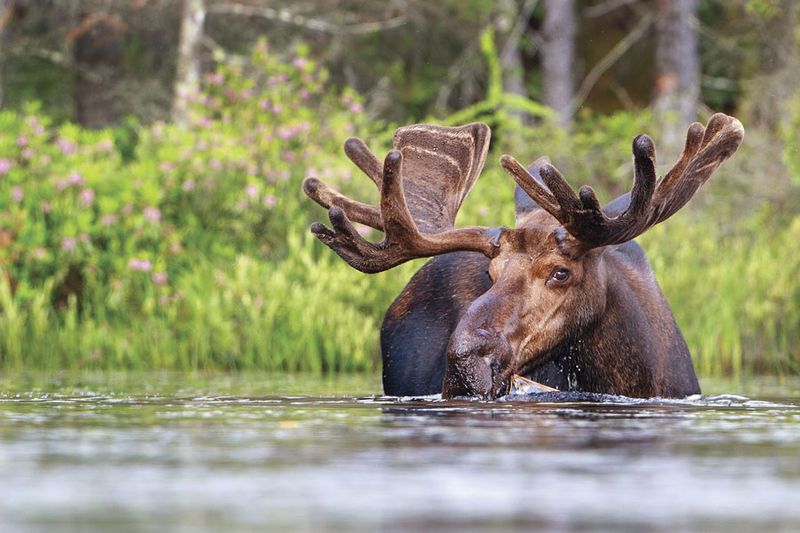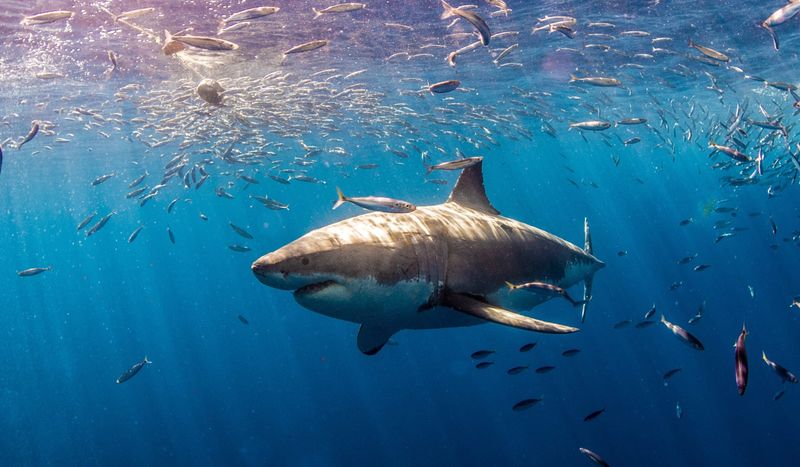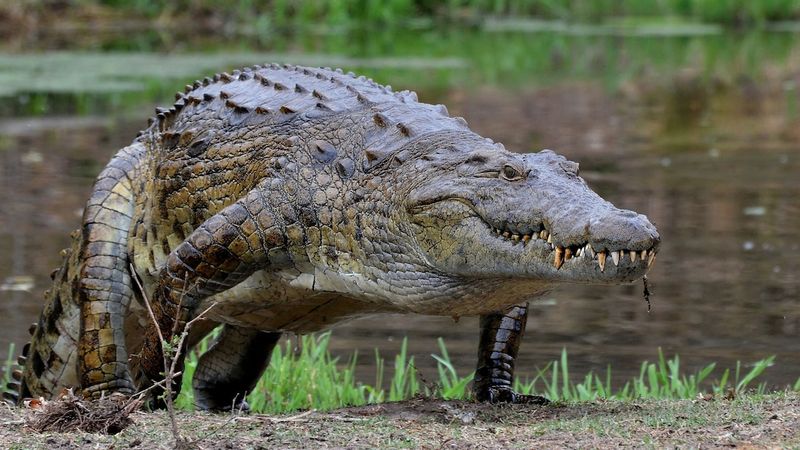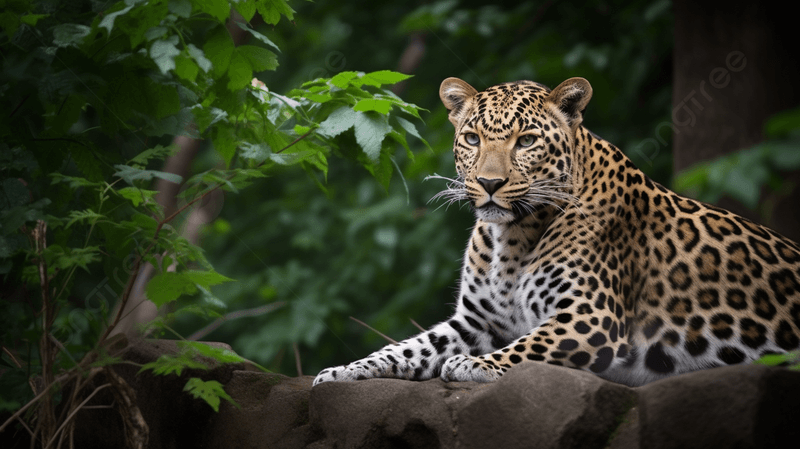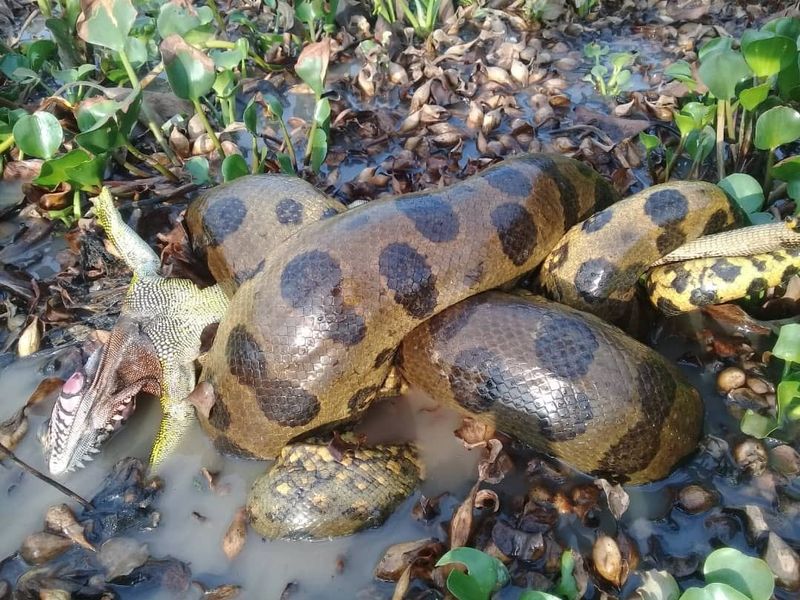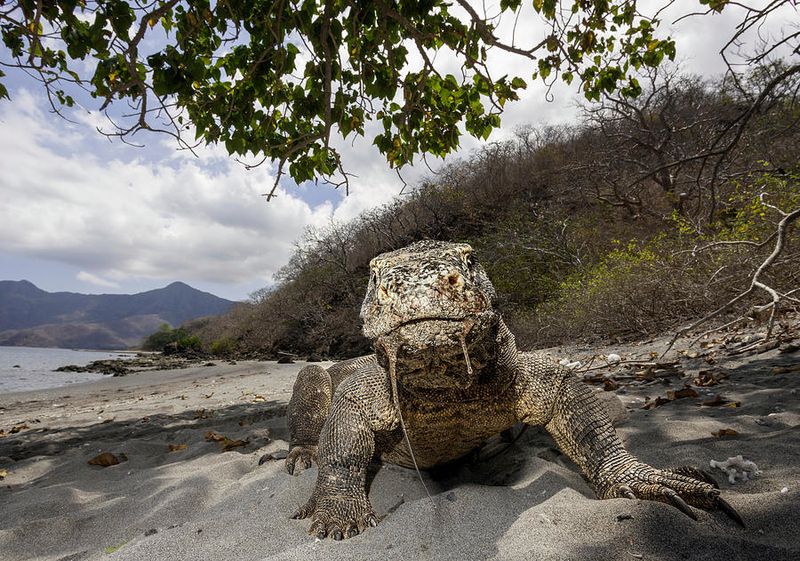Dogs are beloved companions and treasured members of the family. Yet, their adventurous nature can sometimes lead them into perilous encounters with wildlife. Understanding which wild animals can pose a threat to dogs is essential for pet owners who wish to protect their furry friends. This list explores 20 dangerous wild animals that could potentially harm dogs during outdoor adventures.
Coyote
Known for their cunning and adaptability, coyotes often inhabit areas close to human settlements. They are particularly threatening to smaller dog breeds. Coyotes can be nocturnal hunters, often seen prowling at dusk or dawn, making them a hidden danger.
Their resourcefulness allows them to thrive in suburban areas, where they may scavenge for food. Owners should be cautious during walks in areas where coyotes are prevalent.
Coyotes possess sharp teeth and quick reflexes, making confrontations dangerous. Keeping dogs leashed and supervised can minimize risks.
Mountain Lion
Mountain lions, or cougars, are powerful predators found in North and South America. Their stealth and strength pose a significant threat to dogs, especially in rural or mountainous regions.
These solitary hunters rely on surprise attacks, using their muscular build to overpower prey. Dogs wandering off-leash in mountain lion territory are at risk.
Pet owners should be aware of surroundings and signs of mountain lion activity, such as tracks or scat. Keeping dogs close and making noise can deter these predators.
Alligator
In the southeastern United States, alligators are a common sight in swamps, rivers, and lakes. Their powerful jaws and stealthy approach make them a formidable threat to dogs near water.
Alligators often bask on riverbanks, waiting silently for prey to approach. Dogs that swim or play near these habitats can easily become targets.
Pet owners must be vigilant in gator-prone areas, keeping dogs on a leash and away from water’s edge. Awareness and prevention are key to safety.
Rattlesnake
Rattlesnakes are venomous serpents that inhabit arid and rocky regions. Their bite, while rarely fatal to humans, can be lethal to dogs without prompt treatment.
Recognizable by their distinct rattling sound, they serve as a warning to stay clear. Dogs, curious by nature, might not heed this warning and provoke a strike.
In rattlesnake territories, dogs should remain leashed, particularly during warmer months when these snakes are most active. Quick veterinary care is crucial after bites.
Bear
Bears are powerful and unpredictable, inhabiting forests and mountainous regions. Their size and strength pose serious risks to dogs, especially those that wander or bark excessively.
While bears generally avoid humans, they can become aggressive if startled or protecting cubs. Dogs that chase or confront bears may provoke a dangerous encounter.
Hiking in bear country requires caution. Keeping dogs leashed and making noise can reduce potential threats. Bear spray is also a useful safety measure.
Wolf
Wolves, ancestors of domestic dogs, roam the wilderness in packs. Their hunting skills and teamwork make them formidable opponents in the wild.
Though wolves rarely attack dogs, competition for territory or food can lead to conflict. Dogs on the fringes of wolf territory should be closely monitored.
In regions with wolf populations, understanding their behavior and respecting their space is crucial. Keeping dogs secured and avoiding known wolf areas can prevent unfortunate encounters.
Bobcat
Bobcats, elusive and solitary, are found throughout North America. Their stealth and agility allow them to hunt efficiently, posing a threat to unsupervised pets.
These cats are curious yet cautious, often preferring to avoid confrontation. However, they may see small dogs as potential prey, especially in rural areas.
To protect pets, owners should supervise outdoor activities and secure yards. Recognizing bobcat tracks and signs reduces risks. Awareness is the first step in prevention.
Eagle
Eagles, majestic and powerful birds of prey, can pose a risk to small dogs. With keen eyesight and lethal talons, they can quickly snatch unsuspecting animals.
These birds often inhabit open terrains and mountainous regions. Small pets left unattended in eagle territories could become targets.
Vigilance is vital in protecting pets from such aerial threats. Keeping small dogs inside or under close watch when outdoors is essential in eagle habitats.
Fox
Foxes, with their cunning nature and omnivorous diet, can occasionally threaten small dogs. Their adaptability allows them to thrive in urban and rural settings.
Foxes generally avoid conflict with larger animals, but unsupervised small dogs might appear as suitable prey or competition for food.
Pet owners in fox-prone areas should supervise pets during outdoor play. Securing trash and food sources deters foxes from venturing into residential yards.
Hawk
Hawks, with their sharp vision and swift flight, pose a threat to small dogs. These birds of prey use their powerful talons to capture animals in open areas.
In regions where hawks are common, small pets should be watched closely when outside. Their ability to swoop down quickly makes them formidable hunters.
To protect pets, avoid leaving them unattended in open spaces. Awareness of hawks’ presence and behavior can help prevent unfortunate incidents involving pets.
Fer-de-lance
In the tropical rainforests of Central and South America, the fer-de-lance snake is a venomous menace. Its bite is dangerous, causing severe reactions in dogs.
This nocturnal predator blends well with its surroundings, making it difficult to spot. Dogs exploring rainforests are at risk of unexpected encounters.
Dog owners should exercise caution and keep pets leashed in snake-prone areas. Recognizing their habitat and behavior helps avoid these dangerous reptiles.
Jaguar
The jaguar, a powerful and agile predator, roams the dense jungles of the Americas. Its strength and stealth make it a considerable threat to unwary dogs.
Jaguars are adept at ambushing, using their environment to their advantage. Dogs traveling in jaguar territory must be kept close and secure.
Understanding jaguar habitats and avoiding areas of known activity are vital for pet safety. Awareness and vigilance are key in avoiding these encounters.
Moose
Moose, though seemingly gentle, can be aggressive when threatened. Their size and strength pose a danger to dogs, especially during mating or calving seasons.
These towering herbivores inhabit northern forests and wetlands. Dogs barking or approaching moose can provoke defensive behaviors.
Pet owners should maintain distance and control over dogs in moose habitats. Recognizing signs of aggression and keeping dogs leashed helps prevent conflicts with these giants.
Shark
In coastal regions, sharks represent a significant threat to dogs that swim in the ocean. Their powerful jaws and speed make encounters dangerous.
Though attacks on dogs are rare, certain shark species might mistake them for prey. Dogs playing or swimming far from shore are at higher risk.
Pet owners should be cautious and monitor pets in shark-prone waters. Avoiding known shark areas and understanding their behavior aids in prevention.
Crocodile
Crocodiles, ancient and formidable, inhabit rivers and lakes across the tropics. Their immense power and stealth make them dangerous to unwary dogs.
These reptiles often lie in wait near water’s edge, ready to ambush. Dogs near these habitats are vulnerable to sudden attacks.
Vigilance and prevention are crucial in crocodile areas. Keeping dogs leashed and away from water reduces risks. Awareness of crocodile signs and habitats is essential.
Wolverine
Wolverines, known for their ferocity, inhabit northern forests and tundras. Their strength and fearlessness pose a risk to dogs in these remote areas.
These solitary creatures are highly territorial, defending their space with aggression. Dogs that roam near wolverine territory may face dangerous confrontations.
Pet owners should keep dogs close and avoid wolverine areas. Understanding their behavior and respecting their space is vital for safety.
Hyena
Hyenas, with their powerful jaws and social nature, pose a threat to dogs in their native Africa. Their pack mentality and cunning make them formidable.
In rural African areas, hyenas may see dogs as competition or prey. Their presence is often marked by distinctive calls and tracks.
Pet owners in hyena regions should ensure dogs are secure and supervised. Understanding hyena behavior and avoiding known areas can prevent encounters.
Leopard
Leopards, stealthy and powerful, inhabit diverse environments across Africa and Asia. Their agility and strength make them a significant threat to unprotected dogs.
These cats are masters of ambush, often hunting at night. Dogs wandering in leopard territory are at risk of surprise attacks.
To protect pets, owners should avoid known leopard areas and keep dogs secure. Recognizing signs of leopard activity, such as tracks and scat, aids in prevention.
Anaconda
Anacondas, the world’s largest snakes, inhabit the waterways of South America. Their immense size and strength can pose a threat to dogs in these regions.
These constrictors use their powerful coils to subdue prey, often lurking in water or dense vegetation. Dogs exploring these habitats are at risk.
Pet owners should exercise caution in anaconda areas. Keeping dogs leashed and away from water’s edge minimizes dangers. Awareness of snake habitats is crucial for safety.
Komodo Dragon
The Komodo dragon, a giant lizard native to Indonesia, is a formidable predator. Its venomous bite and powerful build can be lethal to dogs.
These reptiles are opportunistic hunters, often seen near beaches and forests. Dogs roaming freely in Komodo habitats are at risk of attacks.
Owners should be vigilant and keep dogs secure in these areas. Understanding Komodo behavior and avoiding known territories is vital for pet safety.
